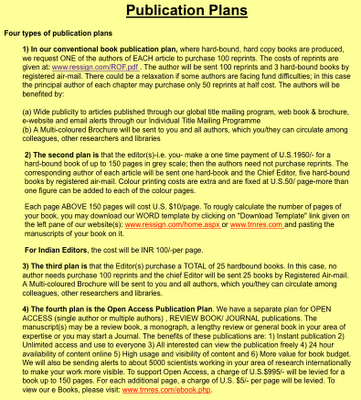Rationale: I explained this in a post a few days ago:
Natural competence, the ability to take up DNA fragments from the environment, is the only bacterial 'parasexual' process for which reasonable doubt remains about its non-recombinational function. This doubt arises from the apparent self-specificity of DNA uptake by bacteria in two groups, the genus Neisseria and the family Pasteurellaceae. Bacteria in these groups preferentially take up DNAs containing short sequence motifs that are ~100-fold more abundant in their own genomes than expected by chance. This match between the bias of the DNA uptake machinery and the genomic abundance of a DNA motif has been interpreted as an adaptation that enhances the presumed recombinational (sexual) benefits of DNA uptake, by allowing mate-choice or excluding possibly harmful foreign DNAs. However a simpler non-sexual explanation exists - that the preferred sequences play purely mechanistic roles in DNA uptake, and that the motifs' abundances in the respective genomes are due to a passive accumulation caused by biased uptake and subsequent unselected recombination.Aims: So the main aim of this proposal would be to test the DNA uptake systems of other naturally competent bacteria for sequence biases.
Outcomes: Here are the three possibilities:
1. Finding such biases in one or more bacteria whose genomes are not enriched for the favoured motif would be strong evidence that the bias exists for mechanistic reasons, not because uptake of self DNA enhances recombination. In principle we only need to find one such case.
2. Finding that DNA uptake has absolutely no sequence biases in one or more of the tested bacteria would greatly weaken our hypothesis. We will have argued that DNA uptake is expected to have sequence biases because the high forces that have been measured on DNA require very strong contacts between DNA and the proteins of the uptake machinery. Such strong contacts always show some sequence-dependence. Finding that uptake is completely unbiased in any species would mean that this argument is invalid.
3. But what if we find that uptake is always biased and the corresponding genomes are always enriched for the preferred motifs? This wouldn't disprove our hypothesis that the bias exists for mechanistic reasons - in fact it's exactly what our model predicts, given that the bacteria we're testing are known to recombine some of the DNA they take up in the lab. But I need to think through the implications more carefully. In the previous post I wrote:
If we do find overrepresentation, we can (1) decide whether this overrepresentation would create any significant degree of preferential uptake of self-DNA, and (2) use our simulation model (or refinements of it) to evaluate how much recombination must be going on to give this overrepresentation.The molecular drive that happens in the simulation model is the null hypothesis for uptake sequences; it shows how sequences preferred by the uptake machinery accumulate in the genome, without invoking any benefit from recombination. If uptake has a sequence bias, the DNA taken up is sometimes homologous to the cell's genome, and this DNA sometimes recombines with the chromosome, we expect the preferred sequences to slowly accumulate in the chromosome. If recombination of chromosomal alleles has a net genetic benefit, selection for the self-uptake promoted by uptake sequences will act in addition to drive (not instead of it). If recombination instead has a net cost, selection against it may oppose drive and reduce accumulation of the sequences preferred by the uptake machinery.
So, if we find accumulation of a preferred motif in bacteria previously thought to have unbiased uptake, we'll know that, in nature as well as in the lab, that the cells must sometimes take up DNA that replaces chromosomal sequences by homologous recombination. So we'll have generalized the bias-plus-abundance phenomenon already characterized in the Neisserias and Pasteurellaceae. This would certainly be seen as an important (publishable) result.
But this wouldn't mean that the recombination this promotes must be beneficial, because drive can explain this accumulation. Would there be any way to tell whether the accumulation has been significantly affected by selection? Are thee tests we could do in other bacteria that we can't do in H. influenzae? Or that we should do in H. influenzae? (Of course we can never rule out that the benefits of recombination are too small to detect...)
If we started by assuming there's no selection for or against the genetic consequences of recombination, we might think we could use the degree of enrichment to infer, using our model, how much recombination must be happening. If (letting go of our assumption) the enrichment was really partly due to selection for recombination, then the actual level of recombination in the population would have to be less than the model predicts. (Yikes, this logic is getting weird.) But I don't think our model is nearly that realistic, and we couldn't use it to make predictions anyway because we don't have enough real information about the properties of any real population.
Enough for now...
























